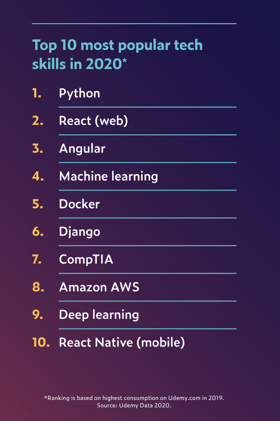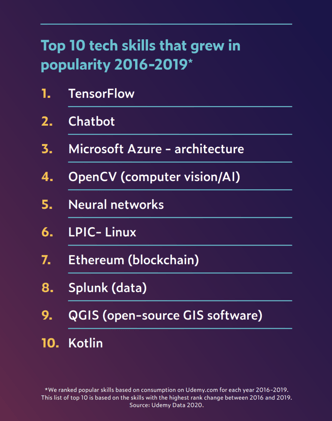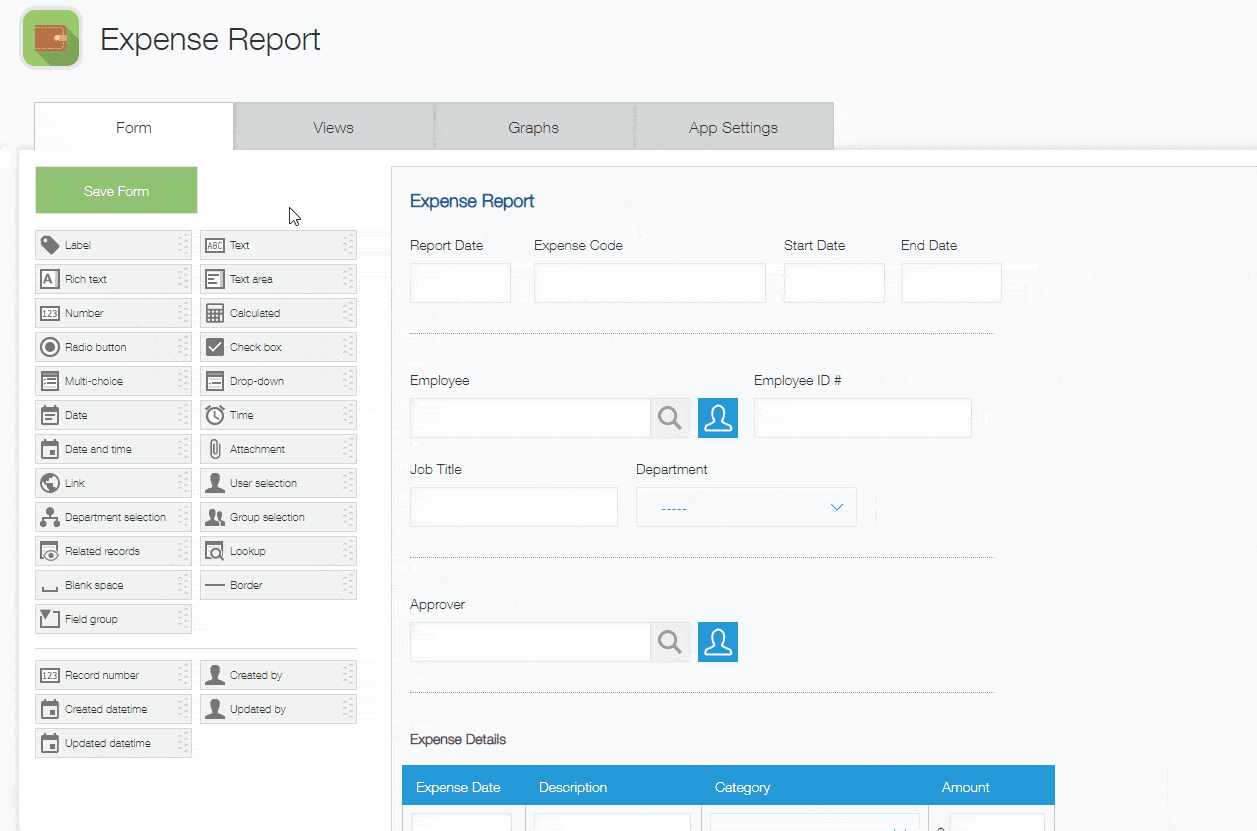When my friend leaves her house, she leaves her keys at home. For most of us, the thought of leaving our keys at home, even on purpose, makes us apprehensive. The process of searching for our keys in the dark, sliding the right one into the lock, and turning the tumblers for that familiar click, is not just a way of life—it’s almost ritualistic.
But for my friend, it’s outdated.
She’s abandoned the old ways and embraced a new kind of experience: an automated locking system that opens and closes her door at the touch of a button on her cell phone. To be sure, the process at its core is still the same—and that may never change. But the way in which she does it skips all those familiar steps for something radically new.
Automation is changing us. It’s not only changing the way we live our lives, it’s also changing the things we fear and the things we take comfort in. It’s radically rebuilding the human experience.
When most people discuss automation, the conversation usually takes two turns:
- How amazing it’ll be to no longer do some mundane activity (such as drive or go to the DMV and get in line)
- How it’s taking our jobs and the majority of us are losing our worth in the workplace
It’s safe to say most of us with several years (or decades) left in the workforce have mixed feelings about the growing role of automation in our lives. Is there any room left for us in a world where we continually build machines and processes that go beyond the human ability and execute perfection?
Automation & Its Impact on the Workplace
When you Google “statistics about automation,” the first result is “Automation & Job Loss Statistics - 2020 Overview.” The second is “Automation threatens 800 million jobs,” followed by another headline that warns “we’re at risk of losing 375 million jobs worldwide by 2030.”
If Google offers any indication, it’s the fear side of automation that has captured our imagination.
Amidst these growing fears, some statistics from a December 2017 survey by the McKinsey Global Institute shed some light on the future impact of automation:
“Between 75 million and 375 million people (3-14 percent of the global workforce) around the world may need to change occupational categories and acquire new skills by the year 2030.”
“Approximately 50 percent of current work activities are technically automatable.”
“Agriculture, manufacturing, and household work are some of the industries that have seen the greatest large-scale employment declines, while education, healthcare, and business services have seen the largest growth.”
“Even as it causes declines in some occupations, automation will change many more—60 percent of occupations have at least 30 percent of constituent work activities that could be automated.”
“Automation created more jobs than it eliminated (19,263 versus 3,508 out of a total of 15,755).”
“All workers will need to adapt, as their occupations evolve alongside increasingly capable machines. Some of that adaptation will require higher educational attainment, or spending more time on activities that require social and emotional skills, creativity, high-level cognitive capabilities and other skills relatively hard to automate.”
Automation is coming for all of us. But the overarching narrative isn’t pure destruction. It’s adaptation. And that’s what most of us will do: adapt.
For those of us in white collar roles, adaptation has almost become synonymous with “learn to code.” For the last half-decade, IT and similar technically-oriented roles have seen explosive growth, and the demand is only growing.
Does Staying Valuable in the Age of Automation = Learn to Code?
A November 2019 report by the U.S. Bureau Labor of Statistics cites that in the fields of computers, engineering, science, and math, more than half of all future jobs will be in the “computer and information technology” group. Of those roles, software developers will see the largest amount of growth at 21 percent, far above the 5 percent average rate for all occupations. Not only that, but software developers also have the highest-projected median annual wage ($105, 590), a full $66,950 above the $38,640 median annual wage for all occupations.
This demand is backed by reports on the most in-demand tech skills for workers in 2020, as well as the rising focus on tech-oriented skills overall.


Udemy's 2020 Workplace Learning Trends Report: The Skills of the Future report
highlights the most in-demand career skills in the last five years.
An article published in January 2020 by Forbes identified “building” as one of the only three skills that will matter in the future, citing:
“The careers of the future will be fraught with a tsunami of automation. If you are not excellent at building something...your career options will be very limited. So, learn to code or to design a product, or learn engineering to make something...as we progress deeper into the perfect storm of outsourcing, automation, and the gig economy, the need for super specialists will become apparent.”
Between the clamor for more coders, the unbridled business demand for those with coding skills, and the way-above-average wages of those in the field, many are reaching the same conclusion: programming and developer jobs are the way forward.
Except it isn’t. At least not for many of us.
The reasons why might vary:
- Financial/time costs: the average “full-time programming bootcamp in the US costs $11,450 with some bootcamps charging up to $20,000 in tuition.” Many of these programs require individuals to quit their jobs and dedicate themselves wholeheartedly to an expensive program. And their acceptance rates don’t actually make it possible for anyone to just dive right in, with well-regarded camps such as General Assembly and App Academy featuring acceptance rates around the 15 percent mark.
- Ability to learn programming: people who join coding bootcamps drop out. Like law school, medical school, and secondary education institutes at large, certain fields aren’t for everyone. While dropping out doesn’t mean we can’t do it, it’s sometimes a sign we shouldn’t. This can be especially disheartening for anyone who feels the grip of automation but finds their skills and experience are not well aligned with the hot jobs of the future.
- Reluctance to start over: for some of us, we have years of accumulated knowledge and expertise in our given fields. While this doesn’t necessarily protect us from automation, it’s hard to give up years of work and insight for something entirely foreign and outside our wheelhouse. Is there really no hope for people in other career fields?
- We love what we do: some of us just don’t want to be programmers. We like the fields we are in and the work we do, even if it’s at risk. We just don’t want to end up walking out of our office one day with a box of papers and old company swag once they’ve subscribed to a newly-released program that eliminates the need for people.
For those of us not in the luxury of a clean change, this mantra of “learn to code” feels less like an exit window and more like a death rattle. Our time has come, and all we can do is wait it out.
The problem with this conclusion is that it ignores the universality of automation. In other words, it’s not just your industry that’s automating: the computers and technology field is also experiencing similar changes. They’ve just politely called theirs “democratization of tech” instead of “AUTOMATION IS HAPPENING, SAY GOODBYE TO YOUR JOB JANET.”
As Software Becomes Accessible, So, Too, Does the Power to Build It
While democratization of tech won’t save programmers, it WILL help save your job. You just have to adapt. Let’s break this down. What is democratization of tech?
“[Democratization of tech] is the process by which technology is becoming more available to people. Technology that has few to no knowledge/learning barriers for the average person is considered democratic technology.”
I’ll give an example: photography. Back in the day of film photography and printing, a person needed not only film rolls, a camera, and the extra equipment to carry them all, but also patience, a keen sense of lighting, an understanding of chemical production to get the right results (along with about half a dozen other steps).


In a short amount of time, technology has bridged the gap between people and the level of
knowledge they need to execute a certain task, even skilled tasks such as photography.
Cameras were expensive, darkrooms hard to set up on a whim, and photographic printing was a slow-learned, complex process. The people who took the time to learn and master each of these stages were recognized as craftsmen in their field.
By contrast, the cameras and printers of today (if we even print at all), eliminate many of these steps. The average smartphone camera automatically adjusts to lighting, its lens focusing without pulling the aperture, while any laser-jet printer can spit out a half-decent print on quality gloss paper by the time dinner’s ready.
We went from a limited number of photography experts and amateurs to an unlimited number of either. Anyone can use a camera now without any specific training or experience. Just point and click.
Technology bridged the gap and made a previously exclusive process accessible to anyone. And that’s exactly what’s happening to programmers and software developers.
No-code and low-code applications are for programmers and software developers what the digital camera was for traditional photographers. Now there are software programs designed to allow people with limited to no coding experience develop sophisticated software applications without having to be within 200 miles of a coding bootcamp. We don’t need a programmer with a four year degree or six month bootcamp to crank out dozens of lines of code to get the customized software solution we want.
READ ALSO: 10 Low-Code Industry Terms Explained
Like every other industry, automation will take the low-hanging fruit roles and find ways for computers to fill them, and that includes many of the programming and developer jobs we see in demand today. What will be left are the few rockstar programmers and developers who go above and beyond being able to code and instead deliver rare and meaningful results with their work.
So what are no-code, low-code (NCLC) platforms?
“No code” or “no-code platforms” are application development platforms that can be built and customized with zero programming experience. No-code platforms often feature intuitive, drag-n-drop interfaces that allow non-coders to quickly build and run applications. No code and low code are typically used together in articles but refer to platforms with different technical competency requirements.”

This gif of Kintone's platform shows a user building an expense report business application
in real time using drag-and-drop visual programming tools.
These platforms are eliminating the need for companies to hire expensive software developers and programmers in order to create the business applications they need. Instead, these programs make it possible for current business employees to do this work themselves, effectively turning them into the ground-level software developers/programmers.
Surviving the Age of Automation Means Expanding The Expertise You Already Have, Not Abandoning It
Employees who can maintain their current area of expertise while learning to develop software solutions for their department/field/role through NCLC platforms can bridge the gap between their current skills and the new technical skills they need to know to make themselves invaluable in the age of automation. They’ll not only protect themselves from automation currently happening in their field, but also the fast-approaching automation that’s occurring in the software industry as well.
This is the adaptation we must pursue: not a full-blown abandonment of our current roles for another field that is already beginning to eat its own, but a hybrid role that combines our fields of expertise with platforms that make it possible to develop software without ever actually writing a line of code.
And these new roles will leave us in a greater position of value: by understanding our individual areas of expertise and the workflows and demands that go with that role (be it marketing, sales, product development, or anything else), we have a fundamentally better understanding of what kind of software those departments (and our fields) need to function most effectively.
It’s not just our new development skills that will make us an asset, but also the knowledge of how to apply these NCLC technologies meaningfully to our current work in ways current programming doesn’t (at least not without significant time and cost burdens).
Automation is already here, but the future isn’t as grim as we often imagine. However, to successfully navigate it, we need to adapt our skills so that we can adopt new abilities without throwing away the experience and knowledge that make us so capable in our current roles.
Our latest ebook, “We’re All Software Developers Now: Why The Next Programmer Joining Your Company Is You” takes a look at the historical trends supporting the push to make software development (and programming at large) accessible to those without any coding experience or knowledge. This free, 34-page book also explores how working individuals can begin to think and prepare to become developers even in their current roles, and how doing so will multiply their own value as well as prove integral to their company’s longevity.
About the Author
Michelle is the Content Marketing Specialist at Kintone. She is a content marketing expert with several years in content marketing. She moved to San Francisco in 2015 and has experience working in small businesses, non-profits, and video production firms. She graduated in 2012 with a dual degree in Film and English.











